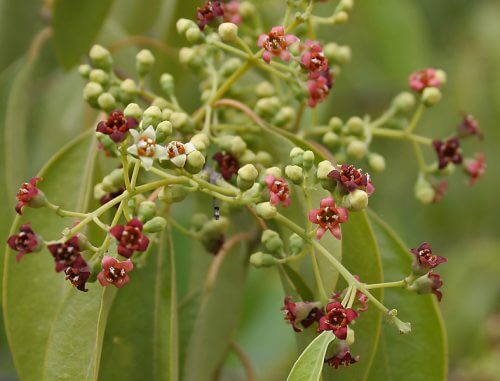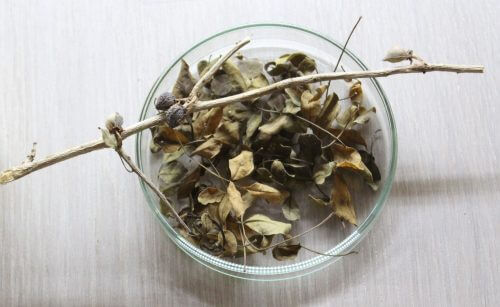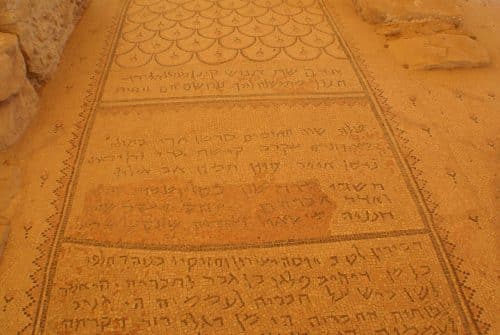A response article to the article "The mystery of the secret perfume", with an alternative proposal for identifying the persimmon from the sources

Some time ago I was invited to visit a persimmon farm in the north of the Dead Sea. It turned out to me that there is also an initiative to plant a persimmon orchard in Ein-Gadi. Since, to the best of my knowledge, there is no botanical identification for persimmon in the sources, I asked and checked and it turned out to me that in both cases it is a myrrh (Commiphora Myrrha).
In the sources there are references to Moore, for frankincense and perfumes. The myrrh tree is common in arid areas in East Africa, in the south of the Arabian Peninsula and more. The resin collected from it is still used today as a basis for the production of ointments, for the same uses the frankincense (Boswellia) that grows in the same geographical areas but is taller and less common is used.
The two trees are mentioned together with - in the sky. The persimmon is mentioned later and separately, is it correct to identify it with the myrrh? Or maybe since the cultivation of the persimmon and the processing of the products from it were considered a secret, it was given a general name - perfumes?

The importance of keeping the secret of the persimmon is expressed in an inscription in the Synagogue in Ein-Gadi in which whoever reveals the secret is cursed. The doubt increases when you know that myrrh and frankincense were known and grew not far away. In addition to this, the resin is used in the myrrh and frankincense, while it turns out that in the persimmon plant almost all its parts were used. Therefore, although I am not an expert botanist, I will be allowed to suggest a candidate that I think is more suitable and correct.
In the Western Palace in Masada there is a mosaic showing large leaves surrounded by vines and palm branches. As far as I know, there is no botanical identification of the large leaves, and it turns out that they are very similar to the leaves of sandalwood (Santalum album). See extended news about the tree.

Unlike myrrh or frankincense, which are geographically close, sandalwood is far away and originates in India. Unlike the myrrh, all parts of the sandalwood are used for the production of perfumes and perfumes. The sandalwood requires unique climatic conditions for Ein-Gadi and knowledge that is kept secret.
I refrain from contradicting the opinion of expert botanists, and yet, may I suggest the sandalwood as a worthy candidate to be a persimmon...

2 תגובות
A point worth checking about the perfumes that were raised as a possibility is their level of flammability.
The persimmon was known, among other things, for its high level of flammability.
It is even told of a mother-in-law who assassinated her son's wife by the one who brought her persimmon oil as a gift and asked her to use it. Then asked her to light a fire in the oven. And the young girl caught fire.
One could perhaps claim exaggeration in the story but still the perfume had to be very flammable
- The list is published (at my request) as a response to:
https://www.hayadan.org.il/the-mystery-of-the-secret-perfume-1808172
- The picture below says:...."Recreation of the biblical persimmon perfume..."
Taken by the editor from the same list
https://www.hayadan.org.il/the-mystery-of-the-secret-perfume-1808172
and shows branches and leaves of the myrrh tree - Commiphora Myrrha,
Therefore, in my humble opinion, it causes confusion because it is not persimmon!
Taken (by the editor) from the same list